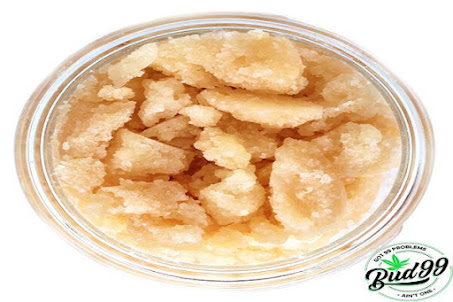Comparing Different Extraction Methods for Weed Shatter
The growing popularity of cannabis concentrates has led to an increased interest in the extraction methods used to produce them. Weed shatter, a type of cannabis concentrate known for its glass-like transparency and high potency, is particularly sought after by enthusiasts. This article will delve into the comparison of various extraction methods employed in the production of weed shatter.
- Butane Hash Oil (BHO) Extraction:
Butane Hash Oil extraction is one of the most common methods for producing weed shatter. In this process, butane is used as a solvent to extract cannabinoids and terpenes from the cannabis plant material. The butane is then purged through a vacuum, leaving behind a concentrated cannabis extract.
Pros:
- High yield: BHO extraction often results in a high concentration of cannabinoids.
- Quick process: The extraction process is relatively fast compared to other methods.
Cons:
- Safety concerns: Butane is flammable and poses potential safety risks if not handled properly.
- Residual solvents: Ensuring complete purging of butane is crucial to avoid any residual solvents in the final product.
- CO2 Extraction:
Carbon dioxide (CO2) extraction utilizes pressurized carbon dioxide to extract cannabinoids from cannabis plant material. This method is known for its ability to produce high-quality, pure extracts.
Pros:
- No residual solvents: CO2 is considered a safe and clean solvent, leaving no residue in the final product.
- Selective extraction: CO2 extraction allows for the selective extraction of cannabinoids, resulting in a more precise product profile.
Cons:
- Equipment cost: CO2 extraction machines can be expensive, making it less accessible for small-scale producers.
- Complexity: The process requires a higher level of technical expertise compared to some other methods.
- Rosin Press Extraction:
Rosin press extraction involves using heat and pressure to extract cannabinoids from cannabis flowers or hash. This solventless method has gained popularity for its simplicity and the absence of potentially harmful solvents.
Pros:
- Solvent-free: Rosin press extraction eliminates the need for external solvents.
- Purity: The final product often retains a high level of cannabinoids and terpenes.
Cons:
- Lower yield: Rosin press extraction may result in lower yields compared to solvent-based methods.
- Limited scalability: This method is more suitable for smaller-scale operations.
- Ethanol Extraction:
Ethanol extraction involves using ethanol as a solvent to dissolve cannabinoids and other compounds from the cannabis plant material. The ethanol is then evaporated, leaving behind a concentrated cannabis extract.
Pros:
- Safe: Ethanol is considered a safer solvent compared to butane.
- Versatility: Ethanol extraction can be used for various cannabis products, not just shatter.
Cons:
- Selectivity: Ethanol may extract unwanted compounds, requiring additional refinement steps.
- Energy-intensive: The process can be energy-intensive due to the need for evaporation.
Conclusion:
Each extraction method for weed shatter has its own set of advantages and disadvantages, and the choice of method depends on factors such as safety concerns, equipment costs, and desired product characteristics. Butane Hash Oil extraction is popular for its high yield, while CO2 extraction is known for its purity and selectivity. Rosin press extraction offers a solventless option, and ethanol extraction provides a safe and versatile alternative.
Ultimately, the decision on the extraction method should be based on the producer's goals, resources, and commitment to safety and quality. As the cannabis industry continues to evolve, ongoing research and technological advancements may lead to the development of even more efficient and sustainable extraction methods for weed shatter.




Comments
Post a Comment